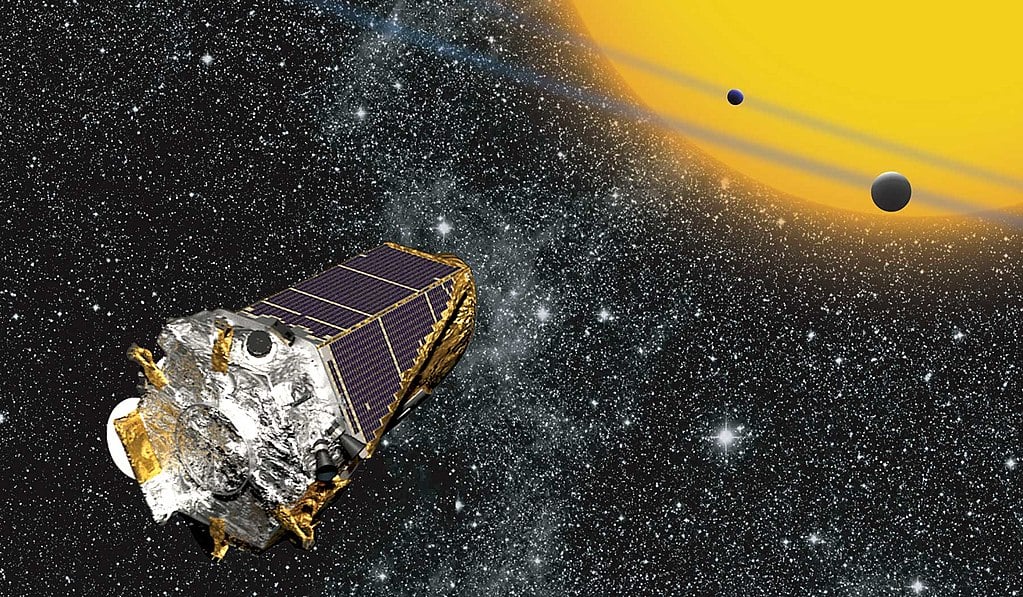The Kepler Space Telescope may be running out of fuel and thus dying, but it has fulfilled its purpose well. Now, NASA’s new planet hunter, known as TESS (Transiting Exoplanet Survey Satellite), is going to be launched next week on April 16 and it’s going to search for exoplanets with the potential to host extraterrestrial life.
The Kepler Space Telescope has only enough fuel for the next few months and scientists are looking to use that well for its final mission. TESS will succeed Kepler in searching for exoplanets. Still, there are a couple of differences between the mission of the Kepler Space Telescope and NASA’s new planet hunter, although both spacecraft aim to help scientists and humanity have a better understanding of the universe and what is in it.
With the TESS mission, NASA will attempt to find as many exoplanets as possible that live outside of the solar system. The satellite will be looking for potentially habitable planets located in the habitable zones of their parent star, having a rocky surface, water, and at least one gas giant such as Jupiter in its system to protect it from asteroid impacts. Such planets would have the potential for becoming Earth 2.0 in the future and have extraterrestrial life flourish on it.
The satellite is going to launch on a SpaceX Falcon 9 rocket and that in way reach its orbit. The launch will be from Cape Canaveral in Florida.
Although there is already a lot of spacecraft used for searching exoplanets, TESS is particularly made for looking for Earth-sized planets that are located at the “habitable zones” of their particular stars. That way, scientists can explore whether the planet sustains liquid water on its surface.
The Kepler Space Telescope was originally launched in 2009. It had an exciting nine years of searching in space. It managed to discover over 2,600 exoplanets. Those planets orbit their parent stars located up to 3,000 light-years away. Kepler observed the same area of space. TESS is going to observe our neighborhood and focus on exoplanets that are closer than those Kepler observed, those less than 300 light-years away. It will be looking at the planets that are between 30 and 100 times brighter, which will allow the spacecraft to use spectroscopy (field of study of light absorption and emission). Overall, NASA’s new planet hunter is going to continue where the Kepler Space Telescope leaves off.
“TESS is opening a door for a whole new kind of study,” Stephen Rinehart at Goddard Space Flight Center said in NASA’s press release. “We’re going to be able study individual planets and start talking about the differences between planets. The targets TESS finds are going to be fantastic subjects for research for decades to come.”





